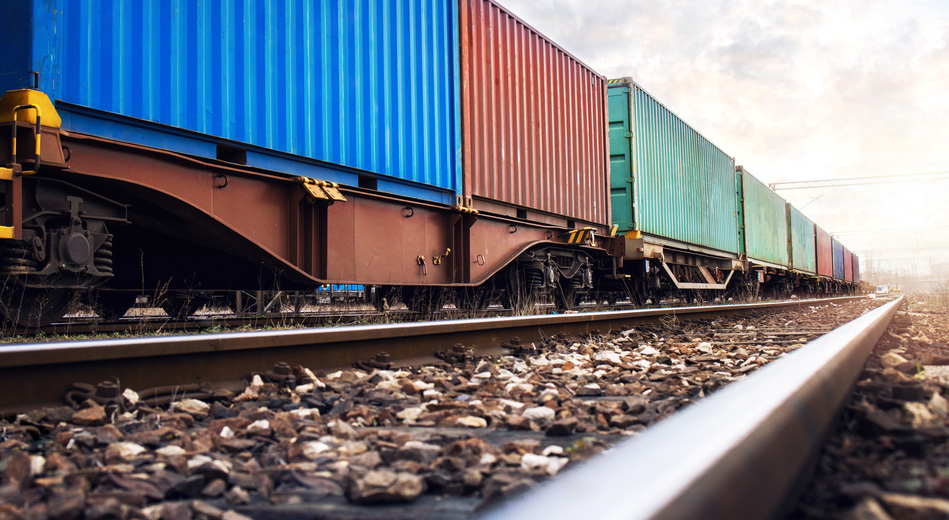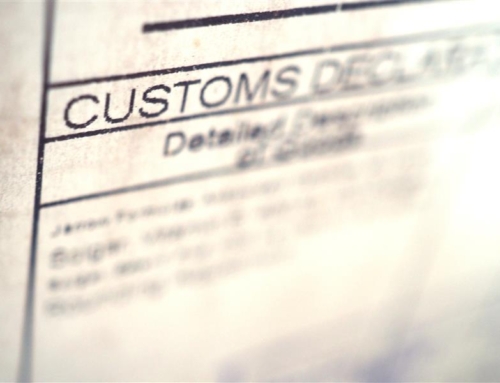While U.S. shippers have been anxiously focused on labor negotiations between West Coast terminal owners and port workers, even more precarious labor disruptions may threaten the flow of cargo even sooner.
NATIONWIDE U.S. RAIL LABOR ACTION
SUMMARY
- U.S. rail workers nationwide voted to support strike action since failing to negotiate a new contract with rail carriers.
- National Mediation Board (NMB) mandated cooling-off period ends July 17, 2022.
- Presidential Emergency Board (PEB) formation could delay labor action through August 17, 2022.
- Presidential Emergency Board post non-binding recommendations may add another cooling off period of 30-days, delaying labor action through September 17, 2022.
- Finally, Congress may step in and issue a binding agreement under the Railway Labor Act.
Almost three years of contract negotiations between major U.S. railroads and 13 nationwide rail worker unions may culminate in a labor strike as early as midnight on Sunday, July 17, 2022.
Recently, union members voted to strike, if necessary, since negotiations through the National Mediation Board (NMB) failed and a mandated 30-day cooling-off period was put in place under the Railway Labor Act.
The White House is paying close attention as rail continues to be an integral part America’s supply chain system. U.S. President Joe Biden may still choose to step in and form a Presidential Emergency Board (PEB), granting another 30-day extension against work stoppages through August. If the PEB is created and issues non-binding recommendations, a third 30-day cooling off period would once again delay labor action through mid-September.
Under the Railway Labor Act, if union members and railroads still cannot reach an agreement, Congress would issue a final binding agreement to resolve the dispute.
Meanwhile, rail operational performance has significantly deteriorated as rail container dwell time continues to increase at most marine terminals and inland ramps nationwide.
The National Carriers’ Conference Committee (NCCC) is organized within the NRLC. It consists of the Chairman of the NRLC, who is also the Chairman of the NCCC, and senior labor relations executives of five of the U.S. Class I railroads (BNSF, CSX, Kansas City Southern, Norfolk Southern and Union Pacific), as well as the senior labor relations leader of the U.S. railroads owned directly or indirectly by Canadian National.
For more information, visit the NRLC Bargaining Status FAQ, July 2022
The National Carriers’ Conference Committee represents Union Pacific, BNSF, CSX, Norfolk Southern, Kansas City Southern and other railroads negotiation with rail worker unions.
“In the end, the question of whether or not any of the rail industry’s Union-represented employees want to legally strike is secondary to what they truly want. They want a contract with meaningful wage increases and good benefits. They want jobs that give them the ability to have a life outside of work. To be clear, there would be no need for a strike vote if any of that had happened in these negotiations. The responsibility for the rail industry and our Union even being in this situation lies squarely on the rail carriers. They created the mess, and they have the power and financial means to fix it. It is sad that we may have to collectively go to the federal government to accomplish that, but rest assured that our Brotherhood is now prepared to take the next steps in the process, as we fight to reach a contract settlement that our membership will accept.”
Statement by Dennis R. Pierce, BLET National President, July 12, 2022
Source: Brotherhood of Locomotive Engineers and Trainmen (BLET)
WEST COAST PORT LABOR
SUMMARY
- West Coast port labor and employers are still in peaceful negotiations, despite contract expiring on July 1, 2022.
Until now, the White House Supply Chain Task Force has been focused on aiding negotiations between the International Longshore and Warehouse Union (ILWU) and West Coast port terminal owners since their contract expired back on July first. While the ILWU and Pacific Maritime Association (PMA), the group representing terminal owners, did not file a formal contract extension, the groups released a joint statement that there would be no labor strikes in the near future.
TRUCKERS PROTEST AB5 AT CALIFORNIA PORTS
SUMMARY
- Truckers in California are protesting AB5.
- Port of Los Angeles and Long Beach strike action began Wednesday, July 13, 2022.
- Port of Oakland strike action scheduled for Monday, July 18, 2022.
California ports of Los Angeles, Long Beach, and Oakland, however, will experience port-wide protests by domestic carriers starting Wednesday, July 13th, against the implementation of Assembly Bill 5 (AB5).
AB5 establishes an ABC test to identify and prevent trucking companies from contracting independent owner-operator truck drivers and force the use of employee drivers.
Reports of drivers protesting and a truck convoy that slowed traffic this morning at the Ports of Los Angeles and Long Beach are just the first signs of delay for California shippers.
The Port of Oakland has been advised of work stoppages starting Monday, July 18th.
GERMAN DOCKWORKERS SCHEDULE WARNING STRIKE
SUMMARY
- German marine terminals Hamburg, Bremerhaven, and Wilhelmshaven will be on strike 6AM July 14 through 6AM July 16, 2022.
Internationally, union dockworkers in Germany will begin a 48-hour “warning strike” after multiple failed negotiations with port employers. German container terminals of Hamburg, Bremerhaven, and Wilhelmshaven will shut down starting Thursday, July 14th through Saturday, July 16th.
All rail, road, and ocean freight import and export operations are expected to be heavily impacted.
MORE LABOR DISRUPTIONS ACROSS THE GLOBE
- In Belgium, a one-day national strike, closed Brussels airport and caused disruption at the Port of Antwerp.
- The United Kingdom experienced a rail strike that impacted most of its nationwide network for almost a week.
- Labor stoppages have been announced in France, Portugal, Spain, Italy and Malta.
As Green continues to monitor the situation, stay up-to-date on freight and trade news by following us on Facebook, Twitter, and LinkedIn.






